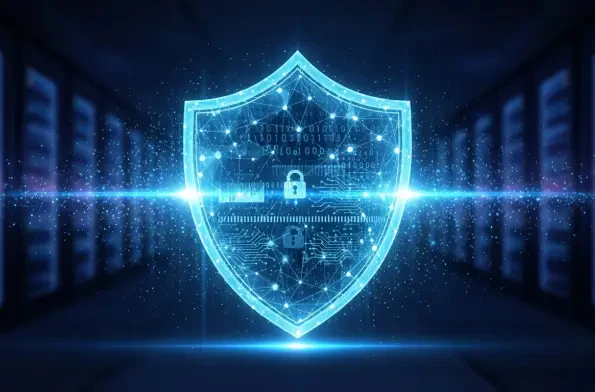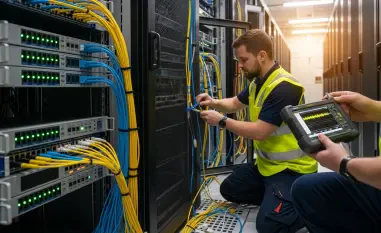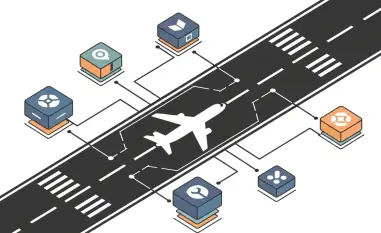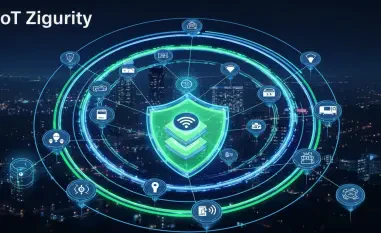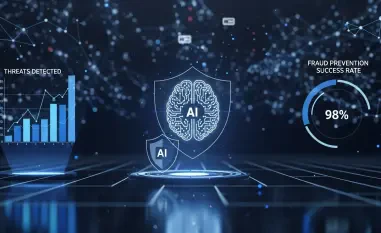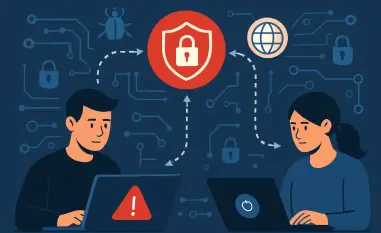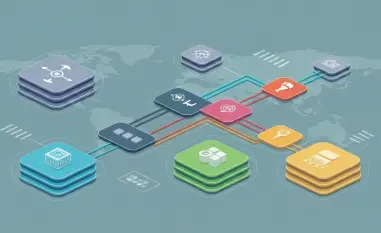Understanding the Supply Chain Landscape
In a world where global trade underpins economic stability, supply chain management stands as a linchpin, navigating an intricate web of disruptions and demands in 2025. With geopolitical tensions, climate challenges, and digital transformation reshaping the industry, the stakes have never been higher for ensuring the seamless movement of goods across borders. This critical sector influences everything from consumer prices to national security, making its resilience a top priority for businesses and policymakers alike.
At the heart of this ecosystem lie key segments such as logistics, procurement, and technology integration, each playing a distinct role in optimizing operations. Logistics focuses on the physical flow of goods, while procurement ensures sourcing efficiency, and technology acts as the glue binding these processes through automation and data analytics. Together, these components form a complex network that must adapt to rapid shifts in market dynamics and external pressures.
Significant technological influences, including artificial intelligence (AI), the Internet of Things (IoT), and cybersecurity solutions, are redefining how supply chains function. Major players, from technology providers to logistics giants, drive innovation by deploying smart systems and predictive tools to enhance visibility and efficiency. Additionally, frameworks like the Gartner Hype Cycle for Supply Chain Strategy provide valuable insights into technology adoption trends, helping leaders gauge the maturity and potential impact of emerging tools on their operations.
Current Trends and Innovations in Supply Chain Technology
Emerging Technologies and Market Drivers
The supply chain sector is witnessing a surge of transformative trends, with AI-driven solutions like generative AI (GenAI) and machine learning (ML)-based AI leading the charge. These technologies promise to revolutionize forecasting, inventory management, and even strategic planning by processing vast datasets with unprecedented speed. Their rise reflects a broader push toward digitization as companies strive to stay competitive in a fast-evolving landscape.
Cybersecurity has also emerged as a critical focus area, spurred by escalating threats such as ransomware and malware targeting supply chain networks. As digital interconnectivity grows, so does the vulnerability of these systems, prompting organizations to prioritize robust defense mechanisms. Alongside this, consumer expectations for transparency and resilience are reshaping priorities, pushing firms to adopt solutions that offer real-time tracking and accountability.
New opportunities are surfacing with innovations like agentic AI, which enhances decision-making by acting autonomously based on predefined goals. This advancement signals a shift toward more intelligent systems capable of adapting to dynamic conditions without constant human oversight. Such developments are poised to redefine operational agility, provided the associated risks can be managed effectively.
Market Performance and Future Forecasts
Drawing from the Gartner Hype Cycle, current data positions cybersecurity at the Peak of Inflated Expectations, reflecting widespread optimism about its potential to safeguard supply chains. In contrast, GenAI sits in the Trough of Disillusionment, where initial hype has given way to skepticism due to practical challenges in implementation. This divergence highlights the varied pace at which technologies mature within the industry.
Meanwhile, ML-based AI is approaching the Slope of Enlightenment, indicating a transition to more stable and practical applications over the next few years. Growth projections suggest that from 2025 to 2027, adoption of ML tools could significantly enhance supply chain efficiency through better demand prediction and resource allocation. This maturation offers a glimpse of a future where data-driven insights become standard practice.
Looking ahead, the interplay of these technologies is expected to reshape both efficiency and security in supply chains. While cybersecurity solutions will likely become more integrated to counter sophisticated threats, the trajectory of GenAI remains uncertain as organizations grapple with its limitations. The coming years will test the industry’s ability to harness innovation while addressing inherent vulnerabilities.
Challenges Facing Supply Chain Security and GenAI Adoption
Securing supply chains in an era of digital expansion presents formidable obstacles, with unclear ownership of risk management often stalling progress. Budget constraints further complicate efforts to implement comprehensive security measures across sprawling networks. These systemic issues undermine the ability to respond swiftly to emerging threats, leaving critical gaps in defense.
The complexity of protecting vast IT and cyber-physical systems adds another layer of difficulty, especially within multitier partner ecosystems. Each link in the chain, from suppliers to distributors, represents a potential entry point for cyberattacks, making end-to-end visibility a daunting task. Coordinating security protocols across diverse stakeholders requires unprecedented levels of collaboration and trust, which are often hard to establish.
GenAI adoption faces its own set of hurdles, including integration challenges with legacy systems that were not designed for such advanced tools. Data security concerns loom large, as does the risk of intellectual property leakage when sensitive information is processed by AI models. Establishing robust governance frameworks to mitigate ethical issues and prevent inaccuracies in AI outputs remains a pressing need for organizations aiming to leverage this technology responsibly.
Regulatory and Compliance Considerations in Supply Chain Tech
Navigating the regulatory landscape is essential for supply chain entities adopting cybersecurity and AI solutions, as data protection laws and industry standards grow stricter. Compliance with these mandates not only ensures legal adherence but also builds trust with partners and customers. Failure to meet requirements can result in hefty penalties and reputational damage, underscoring the importance of proactive alignment.
A key aspect of compliance involves managing third-party risks, particularly through secure contracts that outline clear security expectations with partners. This approach helps mitigate vulnerabilities introduced by external collaborators, whose systems may not align with internal standards. Regular audits and transparent communication are vital to maintaining a cohesive security posture across the network.
Governance frameworks are equally critical for addressing ethical concerns and inaccuracies in GenAI applications, such as unintended biases or fabricated outputs. Regulatory changes anticipated over the next few years could further influence how technology is integrated into supply chain practices. Staying ahead of these shifts will require agility and a commitment to embedding compliance into strategic planning from the outset.
The Future of Supply Chain Strategy and Technology
As supply chain management evolves, the maturation of ML-based AI stands out as a transformative force, poised to streamline operations through enhanced predictive capabilities. This technology’s progression toward widespread adoption signals a future where manual processes give way to automated, data-driven systems. Such advancements could significantly reduce costs and improve response times to market fluctuations.
Emerging disruptors, including next-generation cybersecurity tools and advanced AI innovations, are set to further reshape the landscape. These solutions aim to address existing gaps in protection and efficiency, offering novel ways to tackle persistent challenges. Keeping pace with these developments will be crucial for organizations seeking a competitive edge in an increasingly crowded field.
Shifting consumer preferences toward secure and transparent supply chains are also influencing strategic priorities, compelling firms to invest in visibility tools and ethical practices. Factors such as ongoing innovation, global economic conditions, and regulatory shifts will play a decisive role in determining growth areas. Balancing these elements will define the trajectory of supply chain strategies in the years ahead.
Conclusion: Balancing Innovation with Pragmatism in Supply Chains
Reflecting on the insights gathered, it becomes clear that the supply chain sector faces a delicate balancing act between embracing cutting-edge technologies and addressing their inherent risks. The dual nature of opportunities and challenges underscores every discussion, with cybersecurity emerging as an urgent priority while GenAI struggles to meet lofty expectations in its early stages of adoption.
For chief supply chain officers, the path forward involves adopting a measured approach, prioritizing investments in mature AI technologies like ML-based systems that have shown tangible benefits. Simultaneously, strengthening cybersecurity frameworks through partnerships and clear contractual obligations proves essential to safeguarding operations against escalating digital threats.
Looking ahead, the industry is encouraged to focus on building robust governance for AI tools, ensuring ethical considerations and data integrity remain at the forefront. By fostering collaboration across stakeholders and aligning with evolving regulations, supply chains can transform vulnerabilities into strengths, paving the way for a more resilient and innovative future.
